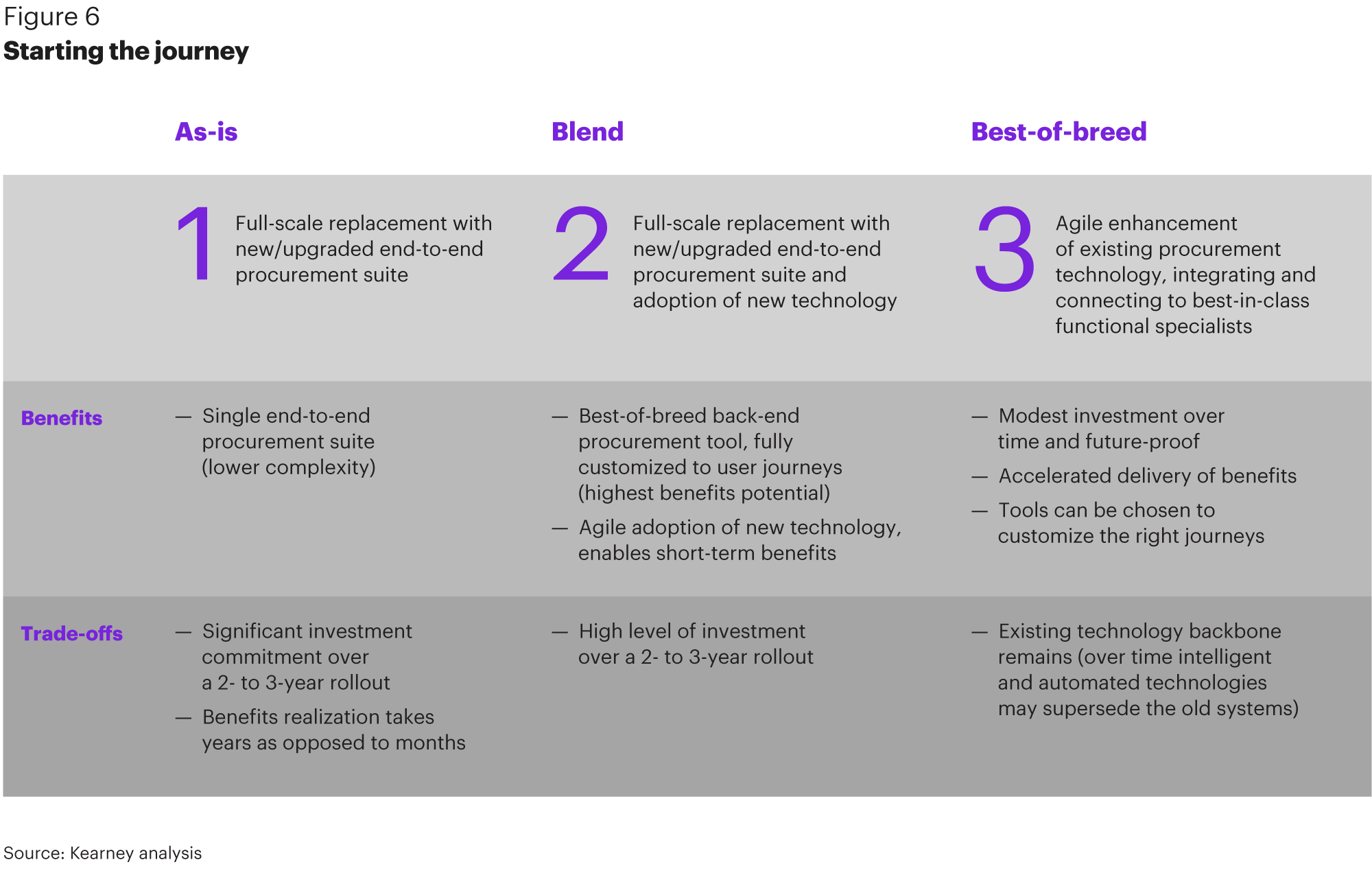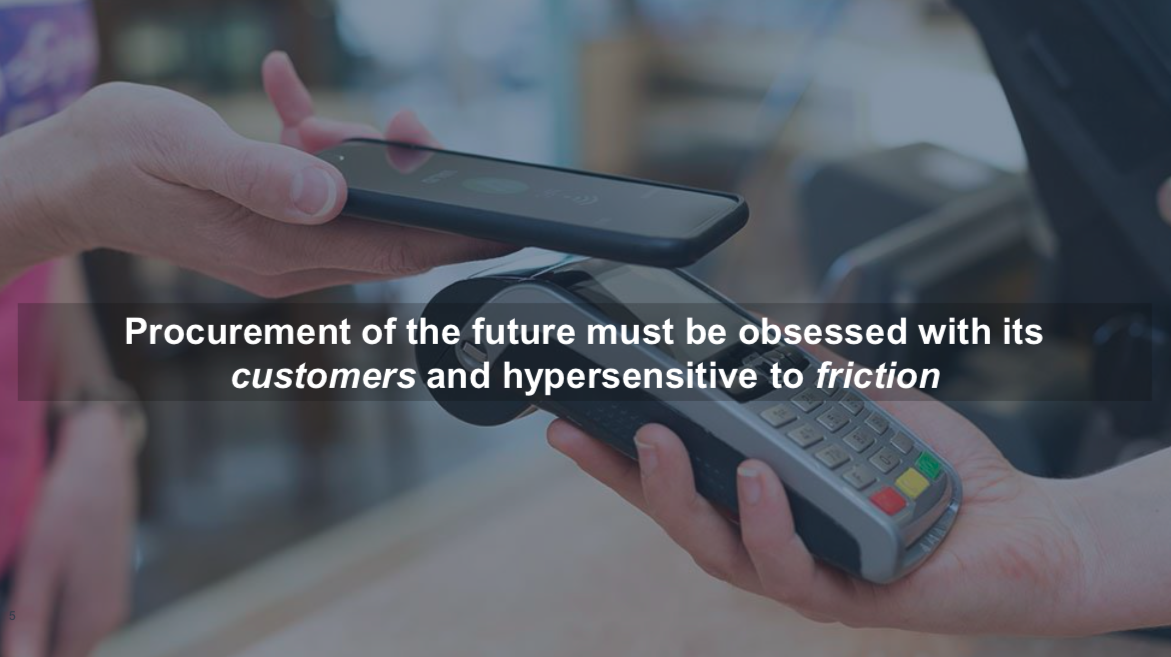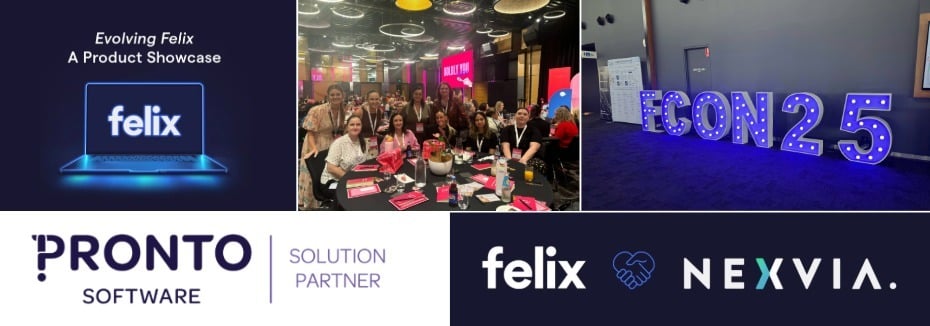In part 1, my colleague has discussed two of the top barriers to technology adoption in procurement. Continuing the series, I want to explore other common challenges preventing organisations from getting the most value out of digital procurement tools.
Lack of internal IT support or lack of budget
When people cite a lack of IT resources or funding, it signals a lack of organisational commitment to an initiative (Note: we are not discussing scenarios where businesses are struggling financially or are busy firefighting in an unprecedented crisis).
Digging further, there are two underlying root causes:
- Organisational inertia/resistance: “Why change?”
- Organisational misalignment: “Why this initiative?”
An issue of inertia
People resist organisational change because they think change is hard and often leads to failure. While there is some truth in such a belief, we are also wired to perceive failures more negatively than they really are.
“Adaptation is the rule of human existence, not the exception.”
Harvard Business Review
To overcome the status quo bias, whoever the “change champion” or “change maker” within the organisation needs to win the hearts and minds of budget holding decision makers.
> Action point: Have a plan to get executive buy-in. Learn from top performing procurement teams who exert influence through speaking the “right language” and more.
An issue of misalignment
If you are not competing with status quo, you could be competing with another initiative. Organisations often have various priorities so to ensure procurement technology is bumped up in the list, it’s best to adopt a two-pronged approach:
- Clearly communicate the compelling reasons for procurement technology adoption: investing in building a business case (See above), showing ROI potential and an implementation plan (often software vendors can help you with this)
- Reduce the IT resources needed by tying your digital procurement strategy with the overall organisation’s digital roadmap
Let’s unpack the second point further.
If the organisation is busy implementing a full-scale ERP upgrade, taking on a major procurement suite rollout feels like a monumental task, both financially and technically. Hence, there is a high chance of pushback by other stakeholders such as IT.
Moreover, as Forrester’s VP and Principal Analyst put it, this may cause a vendor lock-in that is hard to escape. A more agile approach would be multi-sourcing specialist (best-of-breed) procurement solutions for specific needs.
Specifically for technology upgrade initiatives, there are 3 cards procurement can play.
 Source: Kearney
Source: Kearney
> Action point: Evaluate the trade-offs for each option. Gather as much information you can get both internally (e.g. upcoming/planned IT projects) and externally (e.g. software vendors’ implementation plan). Come up with an irresistible proposal that clearly answers the question “Why this initiative?”
Interested in how to build a business case for digital transformation? Our webinar can help you.
Change management issues
As obvious as it sounds, there will be a need for change management if the change is drastic (e.g. switching from pure paper-based to digital processes).
Hence, IT projects shouldn’t be treated as “big bang” launches, especially if the appetite for change has been historically low within the organisation.
Process redesign perspective
Taking a step back, there are things you can do to minimise the need for change management prior to implementing any procurement software.
Using the service design/design thinking approach, you can redesign processes and experiences around the users to increase the likelihood of technology adoption and decrease implementation risks.
Who are those users?
- The procurement department
- End-users (any team with a need to procure goods/services)
- Related or invested stakeholders such as compliance/governance
We have also touched on the service design approach in a previous post – where we summarised learnings from PASA’s ProcureTECH event.

When procurement considers the needs of various user groups, it also helps enhance governance, especially if organisations are transitioning towards the hybrid procurement operating model.
On the contrary, if technology is only treated as a bolt-on component, procurement would have a hard time enforcing policies and rules.
User experience perspective
As we’ve written previously, users of business software are expecting consumer-grade user experience. With COVID-19 and prolonged periods of remote work, boundaries between work life and normal life might blur even more.
Between a new system that is clunky to use and the old familiar ways (e.g. Excel, paper), people are bound to opt for the path of least resistance. And organisations might soon find the “technology upgrade project” fall by the wayside.
What is the ideal? It’s a system that “puts the procurement power in the hands of the user, rather than the user being at the mercy of the system or a rigid and unnecessary procurement process.”
Wrapping it up
We hope that after this 2-part series, you have learned some key pointers that can help set your organisation’s procurement technology project up for success (if you’re in a pre-purchase stage) – or boost software uptake to achieve greater efficiency.
Additional resources:
- Part 1 of this series: here
- Our webinar on accelerating a business case for digital transformation
----
As always, if you’d like to have a chat about anything in this article or procurement technology in general, feel free to reach out.

Recent Articles
2025 in review: Milestones, insights and achievements
2025 – a year of that brought meaningful developments for Felix as we continue to address the evolving needs of organisations navigating complex supply-chain environments.
Top 10 reasons for a centralised vendor database
As organisations grow, so does the complexity of managing vendor relationships. Many still rely on spreadsheets or siloed systems, which can lead to inefficiencies, data inconsistencies, and compliance risks. A centralised vendor database offers a smarter, more scalable solution that brings structure, visibility, and control to procurement operations.
Here are the top 10 reasons why centralising your vendor data is a strategic move.
Five ways poor contract storage could be costing your organisation money
Contracts are the backbone of every business relationship – legally binding documents that define expectations, responsibilities, and value.
But what if the way your organisation stores those contracts is quietly costing you money?
Let's stay in touch
Get the monthly dose of supply chain, procurement and technology insights with the Felix newsletter.






